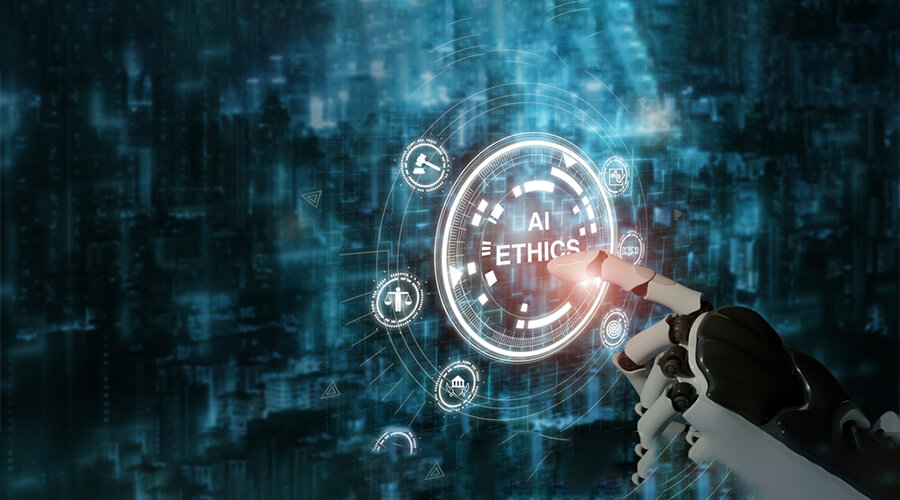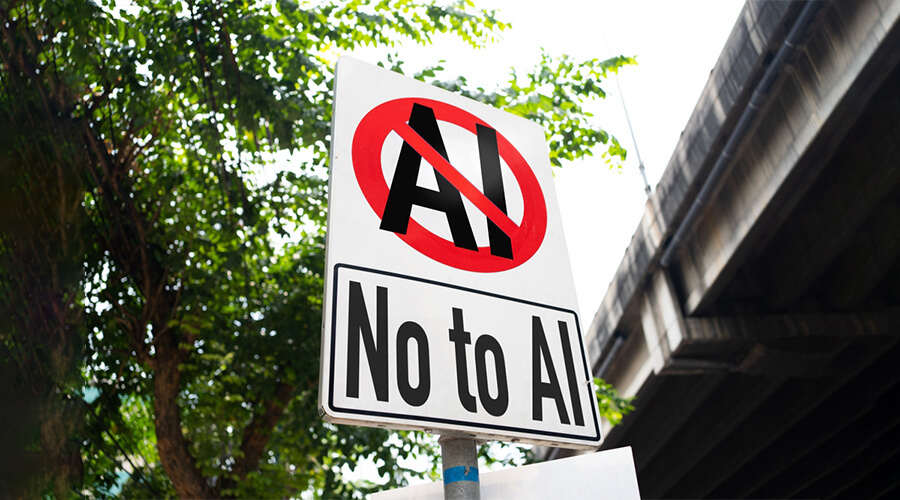The increasingly digital world has given rise to an environment where cybersecurity is no longer an option, but an absolute necessity. As the volume of online threats escalates, one of the most promising tools in our defensive arsenal is artificial intelligence (AI). AI’s potential to improve cybersecurity practices is vast, but it also presents its own unique set of challenges that we must navigate with care.
Let’s start by exploring how AI can fortify our cybersecurity efforts. One area where AI excels is in detecting and neutralizing threats. Traditional cybersecurity methods often involve setting up firewalls and manually looking for suspicious activities, a laborious and time-consuming task. AI, on the other hand, can analyze vast amounts of data in real-time, identifying patterns and anomalies that might indicate a cyberattack.
AI’s ability to learn and adapt over time enhances its threat detection capabilities. Machine learning algorithms can be trained to identify new types of attacks, allowing them to respond to evolving threats more effectively than static, rule-based systems. AI can also automate routine cybersecurity tasks, freeing up human analysts to focus on more complex issues.
Despite these opportunities, the intersection of AI and cybersecurity also presents challenges. Perhaps the most significant concern is the risk of AI itself becoming a tool for cybercriminals. Just as AI can be used to detect cyber threats, it can also be used to carry out sophisticated attacks. For instance, AI could be used to automate phishing attacks, personalize scam emails, or conduct intelligent brute force attacks.
The complexity of AI systems can also pose a challenge to cybersecurity. The “black box” nature of some AI algorithms can make it difficult to understand how they operate, making it harder to secure these systems and detect when they have been compromised.
Furthermore, the reliance on AI for cybersecurity could lead to complacency, underestimating the need for human oversight and intervention. While AI can handle many tasks, it cannot replace the critical thinking and decision-making abilities of human cybersecurity professionals. The human element, combined with AI’s capabilities, forms the strongest line of defense against cyber threats.
In conclusion, the intersection of AI and cybersecurity presents both exciting opportunities and formidable challenges. While AI offers promising tools for enhancing our cybersecurity efforts, we must also be mindful of the potential risks and pitfalls. As we continue to harness AI’s potential in this realm, we must strive for a balanced approach that combines the best of AI’s capabilities with the essential human touch, ensuring the secure and ethical use of this powerful technology.



